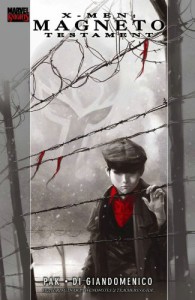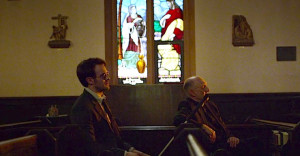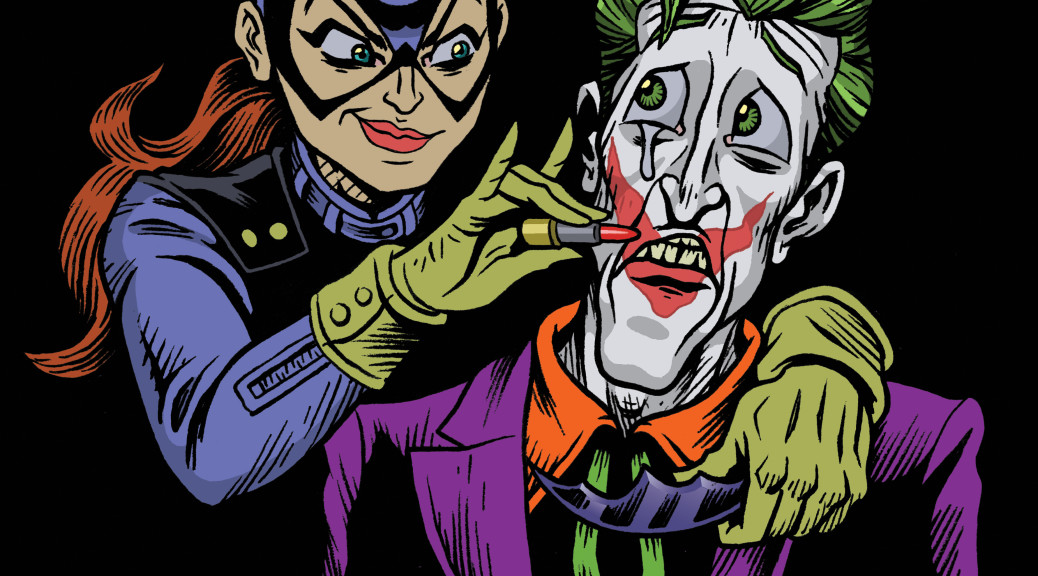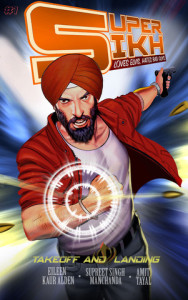
Back in March, The Guardian newspaper reported on the successful Kickstarter campaign for Super Sikh, billed by its promoters as “a modern hero in a turban.” The comic features Deep Singh, a secret agent and Elvis-phile who encounters international intrigue during his sojourn from India to Graceland.
The four-issue series pits Singh against crazed Taliban commander Salar Al AmokTaliban, explains Siri Srinivas for The Guardian in talking with the series’ co-creators and Eileen Alden and Supreet Singh Manchanda:
Deep Singh’s battle against terrorists in Afghanistan is used as a device to address the often confused American views of Sikh people.
The pair say this misunderstanding is a particularly American phenomenon. “Remember, in the British ethos, Sikhs don’t have that same [identity]: they may be victims but there’s a lot of respect,” says Manchanda who grew up in Ethiopia and Zambia and went to college in the UK, before moving to Silicon Valley.
“But in the US there’s no positive foil. There’s no Sikh military, there’s no Sikh policemen and that is only now starting to happen,” he says.
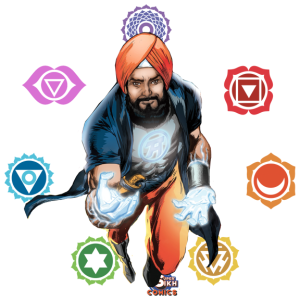
Reviews of the premiere issue have been mixed, with The Hindustan Times questioning whether Deep Singh is too much like Raj Singh, another titular Super Sikh and protagonist of an entirely separate comic. At the same time, when awareness-raising and role-modeling is the goal, do similar concepts double public recognition — or threaten to cancel each other out?
Or, best yet, could they team up?
